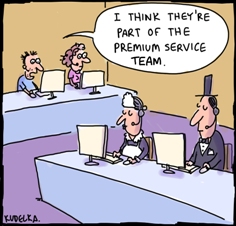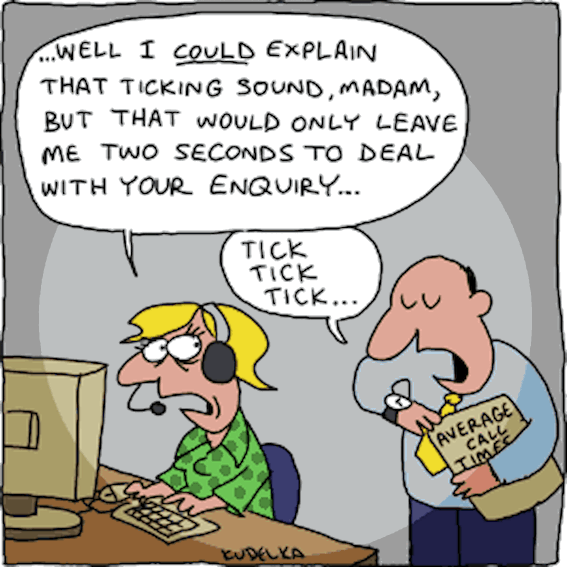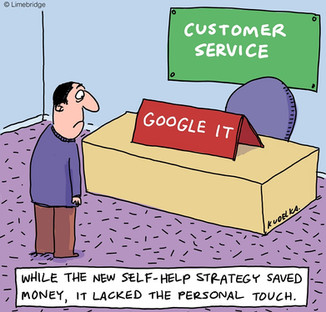“The Myth That Better Customer Experiences Cost More”
- nickplaters
- Mar 2, 2016
- 2 min read
The media often promotes the idea that major companies who cut costs must be hurting their customers. We disagree. Of course cost cutting hurts the customer if it is done the wrong way. Some companies have understaffed their service operations, created backlogs or restricted access to manned service. Others have forced use of automation in ways that customers find difficult. But ironically it is the antidotes to this short term cost cutting that highlights how companies can cut costs and improve service simultaneously. Fixing sales and service failures, streamlining how the interactions work and providing effective self-service, makes life better for the customer and company.
So how do you prove that better will be cheaper to a cynical board or CEO? That may require a little bit of a confessional regarding the issues that exist today. To prove the ‘better is cheaper’ case requires an admission that customer interactions could be better and that some are unnecessary. Many companies who have achieved a significant customer experience turnaround start with an in depth analysis of both the nature of their interactions (in any or every channel) and how they are handled. This highlights the extent of unnecessary demand and identifies opportunities in the way they are handled (supply) such as hand offs, repeat contacts and failure to get the customers’ desired outcome.
Analysis of contacts usually shows that better experiences can be cheaper because there will be less of them. We have written elsewhere that the best experience may be no experience at all. In contrast we still see many instances of customers having to interact with companies in order to x things or chase things. Better is de nitely cheaper when things just work the way customers expect. The UK vacuum cleaner maker Dyson, for example, closed one customer support line because no one was calling. The product just worked and service cost that company nothing.
Where interactions are necessary they need to be well handled. The simpler and faster a customer can get an answer or sign up for a product, the cheaper it will be. Effective operating models that deliver streamlined processes are better for the customer and cheaper to run. Similarly, self-service that works well for the customer is a lot cheaper to support than self-service that drives calls, letters and emails.
We know that it’s not easy to design, build and maintain effective sales and service operations, but they are worth it. They reduce the volume of interactions, reduce the cost per contact and provide the customer with a better outcome. So everybody wins. We’re still keen to find a business that has invested so much in the processes, people and systems that deal with the customer that doing it better will cost a great deal more, so let us know if it is out there. We’d really like to see it.













































Comments